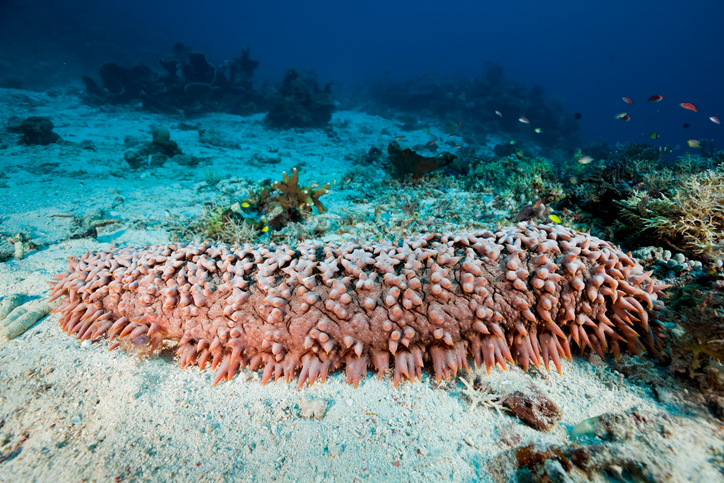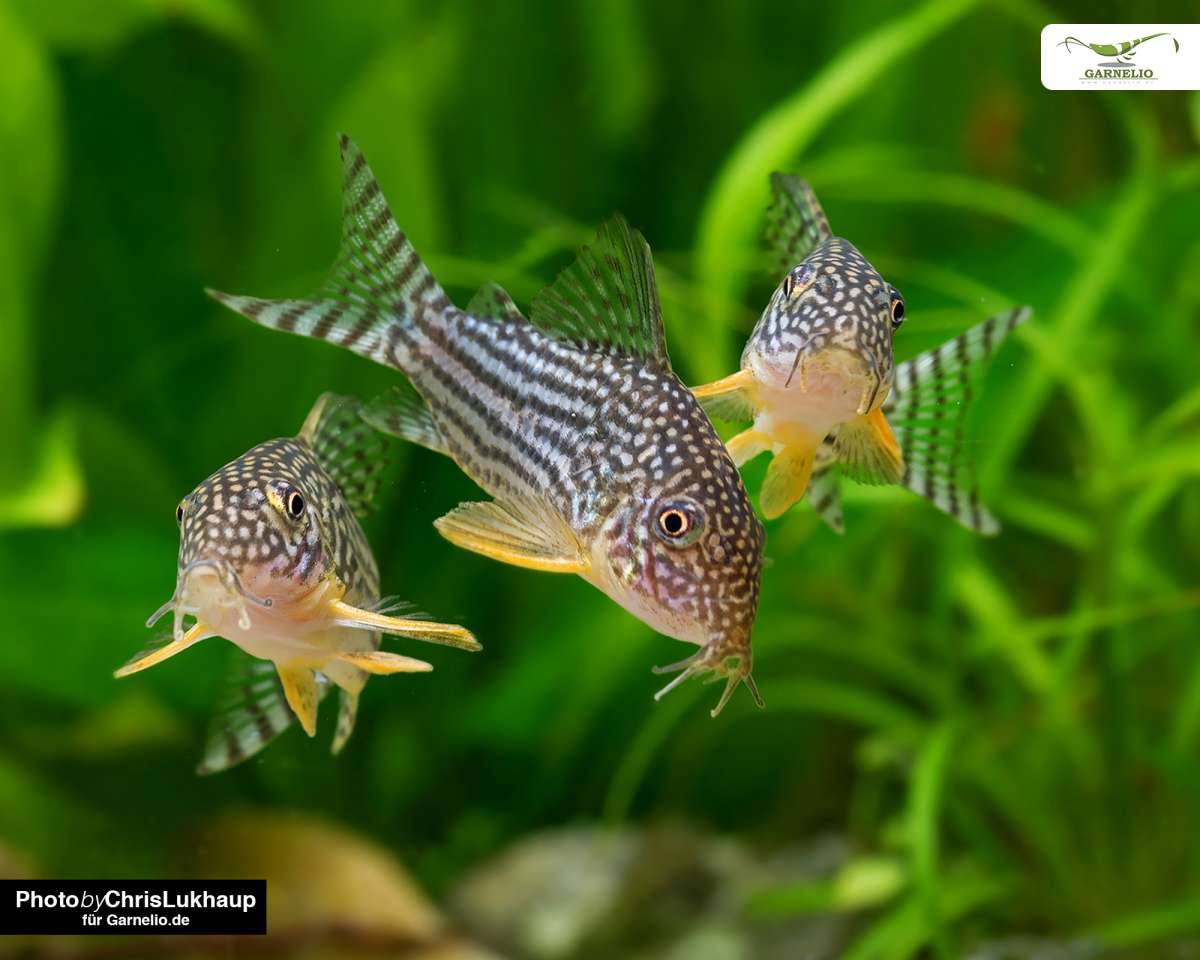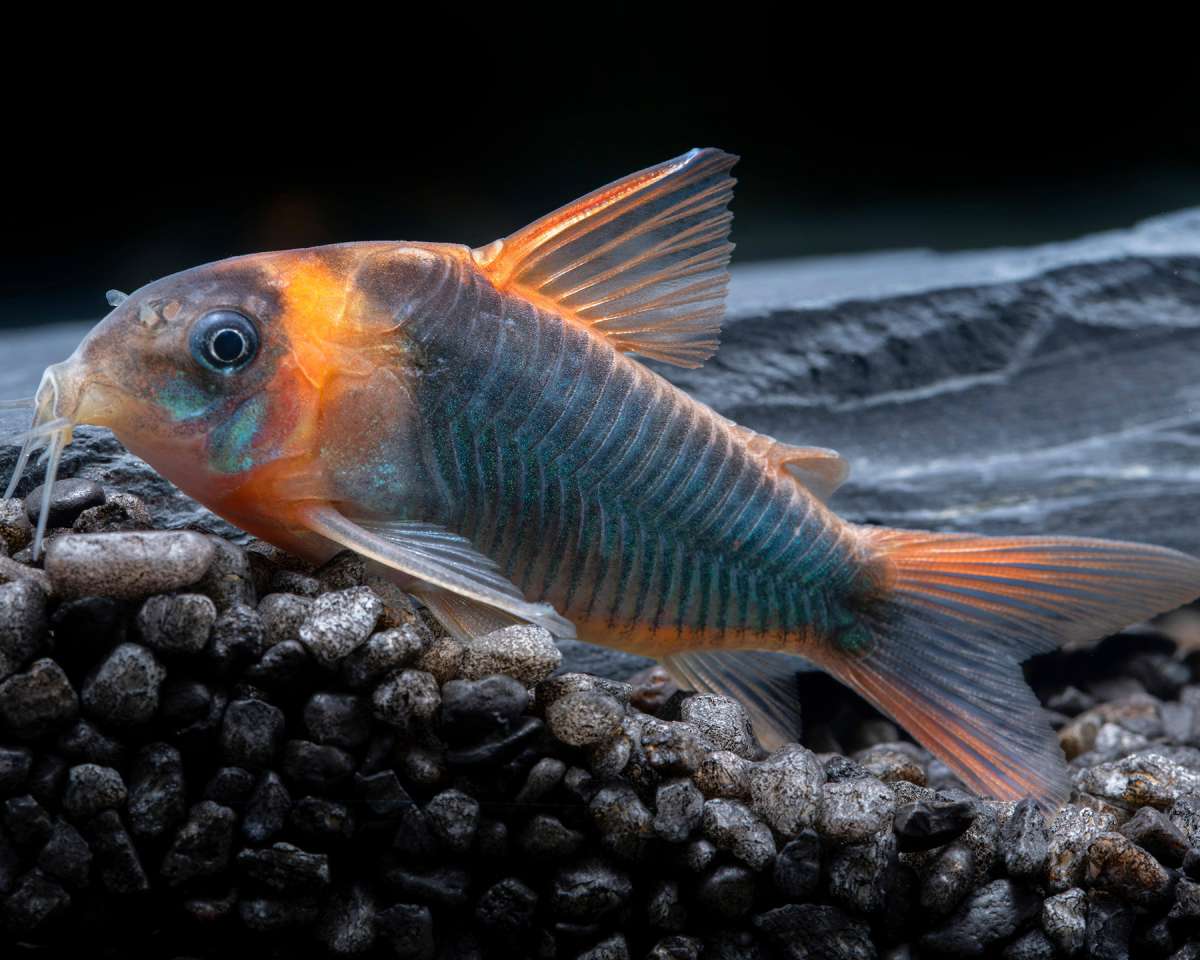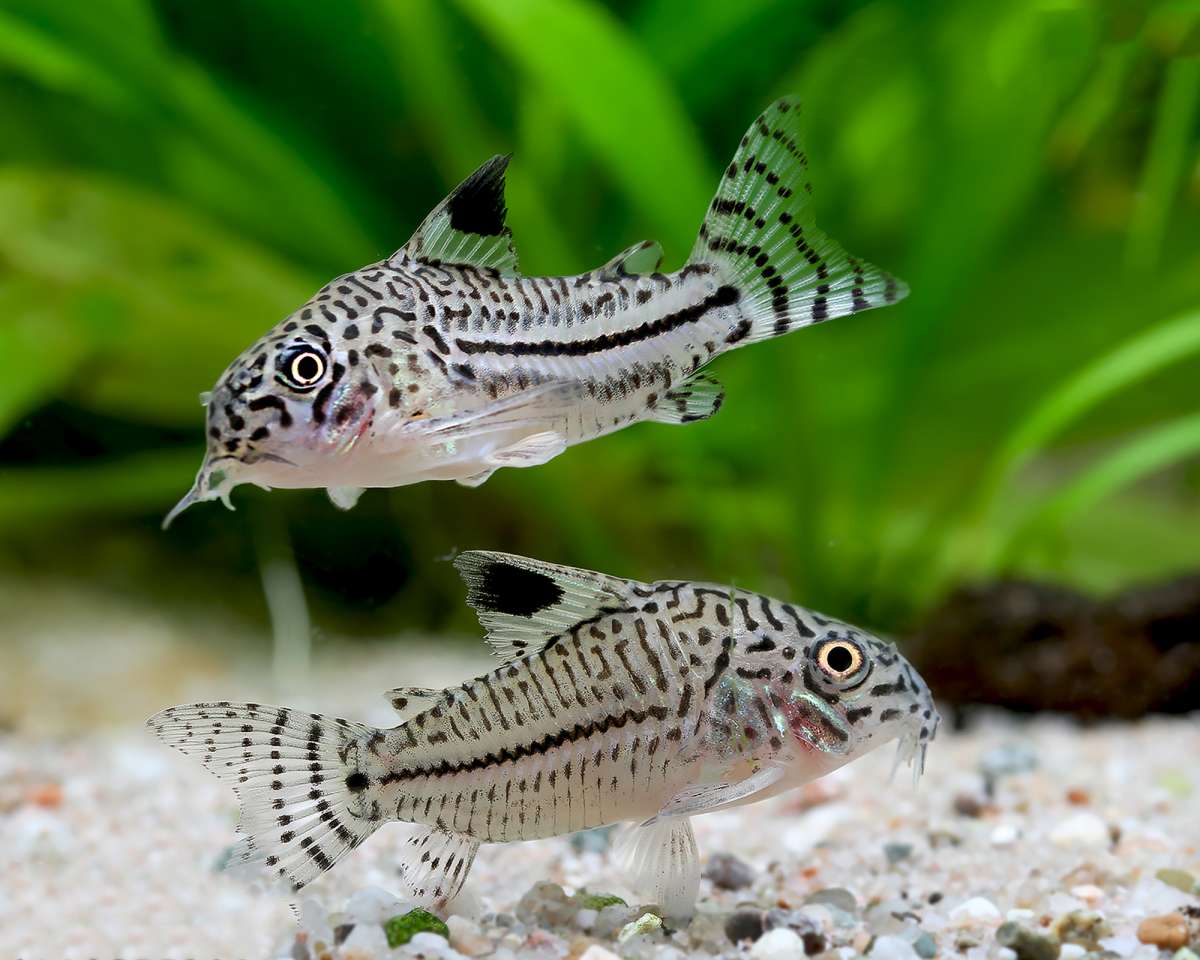Intestinal respiration in fish
Table of contents
- Which fish are gut breathers?
- How does gut respiration work?
- When intestinal breathers become weathermen
- In the end
"Make sure that the water surface is always freely accessible, because your fish are gut breathers and seek it out several times a day." That's about how we write it in our fact sheets, to give you a hint that your armoured catfish, for example, have a few special effects in store that you should take into account. Here we explain in a simplified way what they are all about.
 Photo: Stock-Photography-ID:157675122
Photo: Stock-Photography-ID:157675122
Which fish are gut breathers?
CorydorasCorydoras are probably the best-known intestinal breathers we know in aquaristics. However, there are also others that are rarely seen in the aquarium. These include, for example, the European mud whiptail, the stone whiptail and the stone whiptail.
But the sea cucumber can also take in water via its cloaca and press it through intestinal blind sacs, also called water lungs, in which gas exchange then takes place.
But it is not only fish that do this, some dragonfly larvae also make use of this form of oxygen intake, they have intestinal gills in their rectum. Even your fish food, if you have Tubifex is capable of this, because it is assumed that when it is stuck with its front body in the mulm, the water flow caused by a cilia strike, which leads through the anus into the rectum, is in all probability intended for breathing.

How does intestinal respiration work?
Intestinal respiration is a rather rare variant of oxygen uptake. Put simply, oxygen is taken in through the mucous membrane epithelium of the rectum. In the process, air is swallowed with the mouth and released again via the intestinal passage of the anus. This is why intestinal breathers have a villus-less posterior midgut section that has a good blood supply with very thin-skinned epithelial cells.
This form of survival has evolved in some fish species that originate from unreal habitats where dissolved oxygen in the water was and is often scarce. Mostly, these fish come from areas threatened by heat or drought periods and are thus able to survive while other fellow fish have long since given up.

When gut-breathers become weathermen
The mudbuck has come into focus with its intestinal respiration, because it can virtually predict storms. If it notices that a storm front is approaching, it begins to take up more oxygen, which it releases back into the water in the form of bubbles through its buttocks. In this way, it avoids the impending oxygen shortage in the water that a warm rain shower brings with it.
Interestingly, corys in their habitats also tend not to swim individually to the water surface, as they do in the aquarium, but to surface and descend in a shoal. In this way, their group strength also serves as protection against predators.
In conclusion
Fish are certainly interesting creatures that have been able to adapt to the most unreal conditions in the course of evolution. Breathing with their butts is just one of the curious things they have acquired, which is why it is also called specialised respiration. So next time you want to really show off and make sure you get an audience (and maybe a laugh or two): tell us about your corys!

